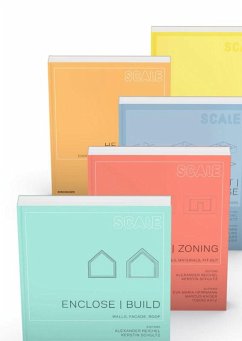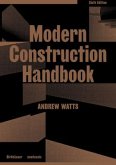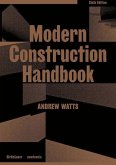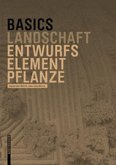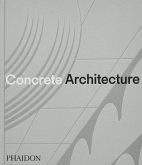5 books for the price of 4:
Hafke et al., Open I Close (978-3-7643-9961-0) Hegger et al.: Heat I Cool (978-3-0346-0513-7) Baurmann et al.: Support I Materialise (978-3-0346-0040-8) Herrmann et al.: Furnishing I Zoning (978-3-0346-0742-1) Krammer et al.: Enclose I Build (978-3-0346-0207-5)
Hinweis: Dieser Artikel kann nur an eine deutsche Lieferadresse ausgeliefert werden.
Hafke et al., Open I Close (978-3-7643-9961-0) Hegger et al.: Heat I Cool (978-3-0346-0513-7) Baurmann et al.: Support I Materialise (978-3-0346-0040-8) Herrmann et al.: Furnishing I Zoning (978-3-0346-0742-1) Krammer et al.: Enclose I Build (978-3-0346-0207-5)
Hinweis: Dieser Artikel kann nur an eine deutsche Lieferadresse ausgeliefert werden.

